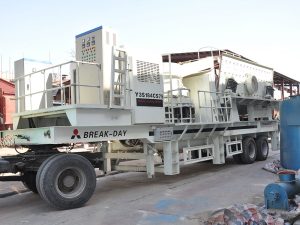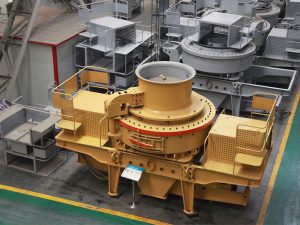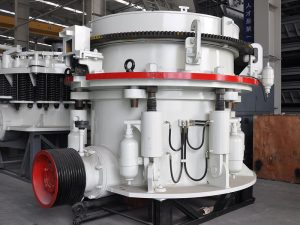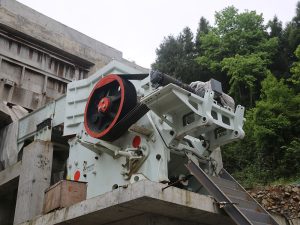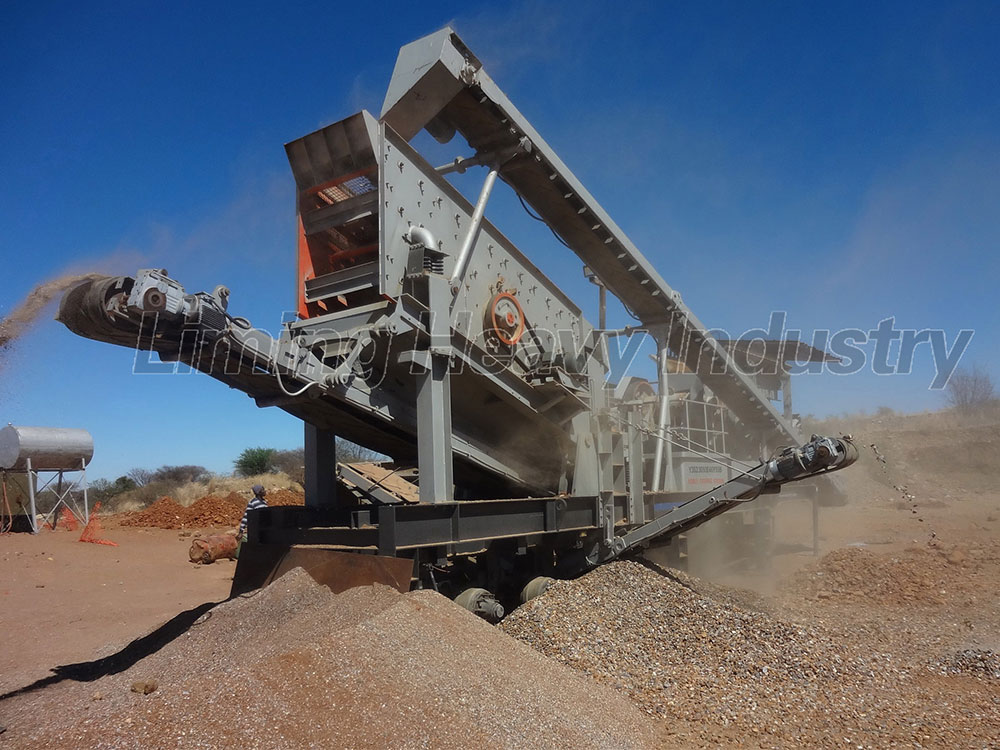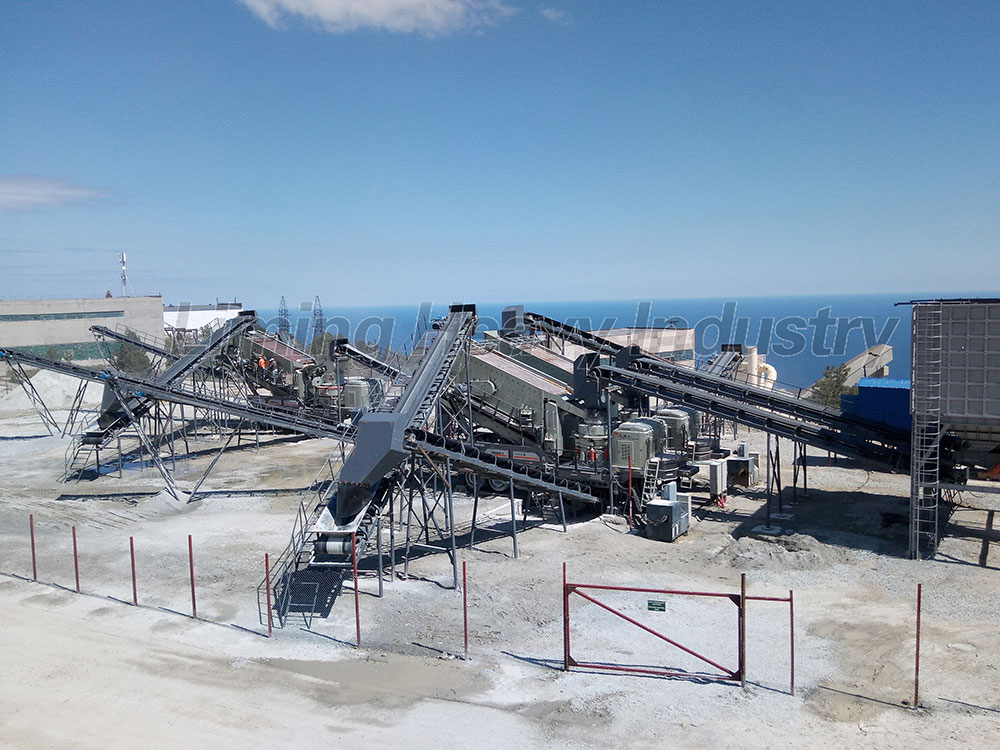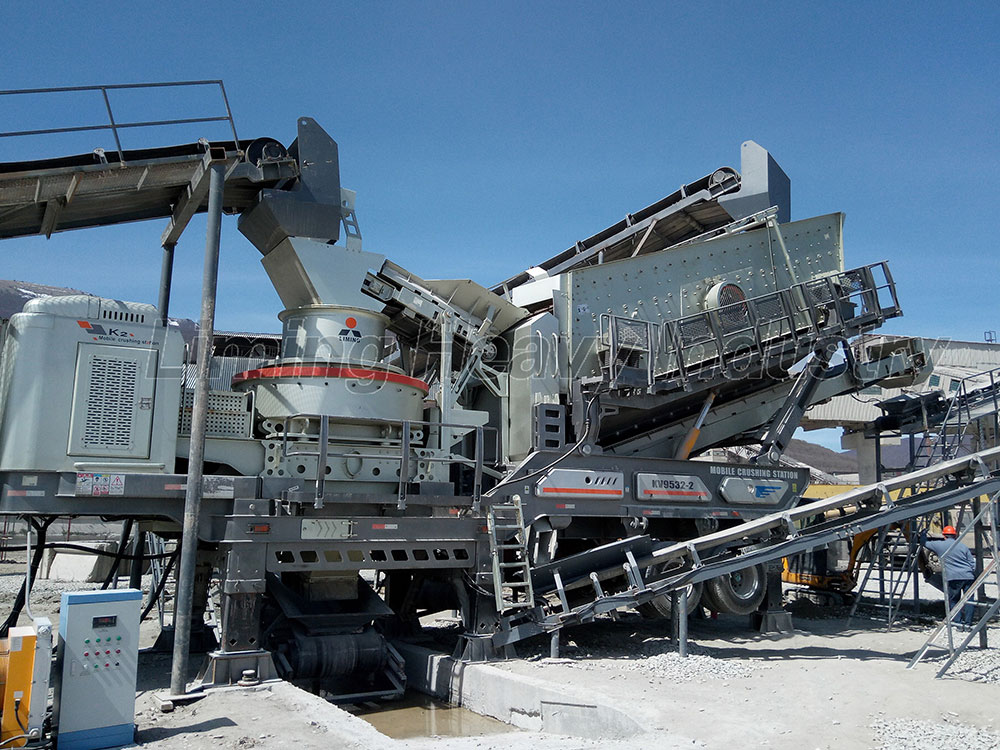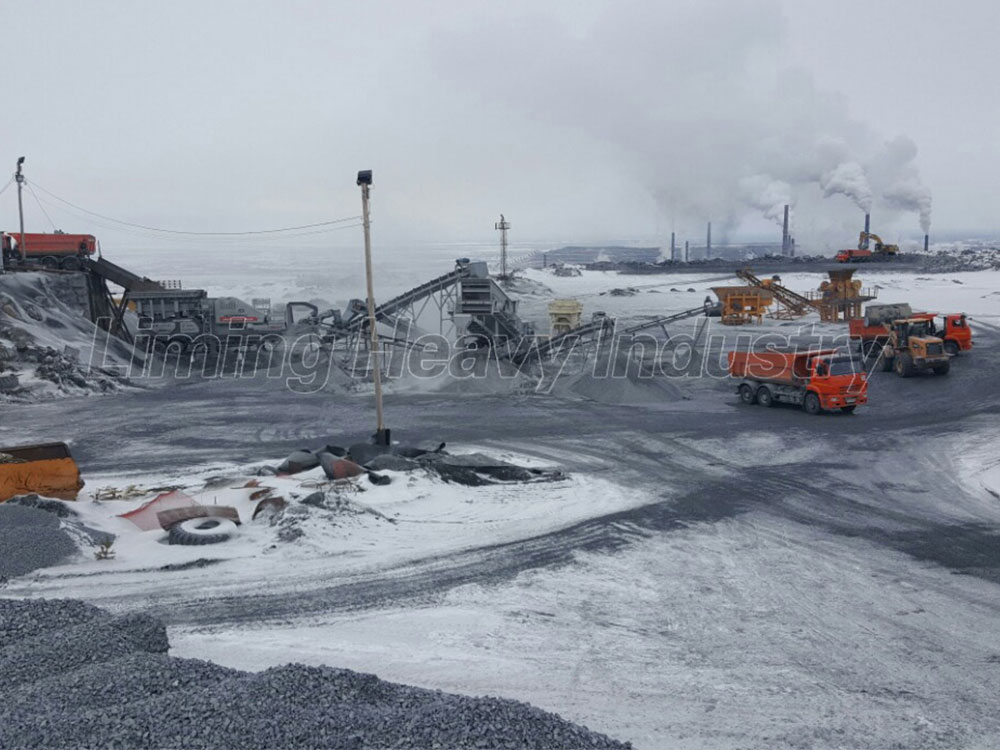Construction waste sand production, as an emerging method of resource recycling, has shown a positive overall development trend. It not only effectively promotes the resource utilization of construction waste but also provides strong support for the sustainable development of the construction industry. However, the quality of the finished product is constrained by various factors. The following is a detailed analysis of this issue:
I. Comprehensive Evaluation of Sand Production Effects
1. Compliance with Quality Standards
Recycled sand processed through specialized equipment demonstrates excellent performance in terms of particle shape, gradation, and adhesion. Its particle size distribution is uniform, and its gradation is reasonable, meaning the recycled sand has appropriately sized particles to meet various construction requirements. Additionally, the recycled sand exhibits no cracks and has strong adhesion, characteristics that fully comply with national standards for construction sand. In practical applications, recycled aggregates can replace natural sand and are widely used in the production of concrete, mortar, and various building materials (such as brick wall panels and floor tiles). Its strength fully meets engineering requirements, providing a reliable raw material source for the construction industry.
2. Economic Benefit Analysis
From an economic perspective, sand production from construction waste offers significant advantages. Raw material costs are virtually negligible, as construction waste is itself a form of waste, and the transportation costs for its removal can even be converted into revenue. Meanwhile, the selling price of finished sand reaches 68 yuan per ton, far exceeding the transportation cost of 36 yuan per ton. This means that through construction waste sand production, enterprises can achieve profitability. Additionally, the application of mobile production lines enables on-site crushing, significantly reducing transportation costs. The payback period is also shortened to approximately six months, which is undoubtedly a major attraction for companies.
3. Environmental Value
Converting construction waste into sand also holds significant environmental value. It reduces the need for landfill space and riverbed mining, fully aligning with the national “dual carbon” policy. China has set a target to achieve a 60% resource utilization rate for construction waste by 2025. By converting construction waste into sand, we can effectively advance this goal and contribute to environmental protection and resource conservation.
II. Key Factors Affecting Product Quality
1. Raw Material Composition Management
Raw material composition management is one of the key factors affecting product quality. In terms of purity, raw materials such as concrete blocks and brick fragments yield the best sand-making results. If contaminated with impurities such as wood, glass, or metal, the quality of the finished product will be reduced. Therefore, during the raw material collection and pre-processing stages, preliminary sorting must be conducted to ensure the purity of the raw materials. In terms of utilization rate, the proportion of effective components (such as concrete and bricks) in raw materials is approximately 80%, but the actual utilization rate ranges between 60% and 95%. This is highly dependent on the level of sorting technology, so companies need to continuously improve sorting technology to enhance raw material utilization rates.
2. Equipment and process selection
Equipment and process selection are also important factors affecting the quality of the finished product. In terms of equipment selection, mobile sand-making machines are suitable for use in dispersed projects due to their flexibility, while fixed production lines are more suitable for centralized processing. Companies need to select appropriate equipment based on their production needs and site conditions. In terms of crushing levels, multi-stage crushing (such as hydraulic opening + impact crusher) can optimize particle shape and improve the quality of recycled sand. Intelligent sand-making plants ensure the stability of the gradation through real-time control, further improving the quality of the finished product. In terms of screening accuracy, square hole screens are more advantageous than round hole screens for controlling particle shape, so companies should also give priority to square hole screens when selecting screening equipment.
3. Quality Indicator Control
Quality indicator control is a key link in ensuring the quality of the finished product. The content of stone powder must be strictly controlled within the range of ≤20%. A moderate amount of stone powder can improve the workability of concrete, but excessive amounts will reduce its strength. Therefore, the content of stone powder must be strictly controlled during production. For clay control, the MB value (methylene blue value) is used to detect clay content. Excessive clay content can adsorb admixtures, thereby affecting the flowability of concrete. Therefore, companies need to regularly test clay content and take corresponding measures to reduce it.
4. Grading and Applications of Finished Products
Recycled sand of different particle sizes has different applications. Recycled sand with a particle size of 0-5 mm can be used for brick making, as its fine particles meet the requirements for brick production; recycled sand with a particle size of 5-10 mm is suitable for use as concrete aggregate, providing good support and strength for concrete; recycled sand with a particle size of 10-20 mm can be used for road construction, with its larger particles enhancing the stability and durability of the road surface; recycled sand with a particle size of >20 mm can be used for subgrade layers, providing a solid foundation for building structures. Low-quality materials with complex compositions are limited to backfilling applications, while high-quality materials can replace industrial sand, providing the construction industry with high-quality raw materials.
Construction waste sand production excels in terms of quality compliance, economic benefits, and environmental value. However, to ensure product quality, comprehensive consideration and optimization are required across raw material composition management, equipment and process selection, quality indicator control, and product grading and application. Only through such efforts can the construction waste sand production industry achieve sustainable and healthy development, contributing more significantly to the sustainable development of the construction industry.


